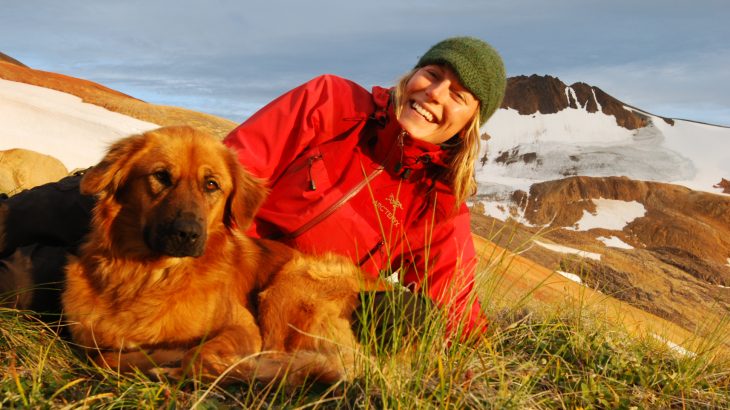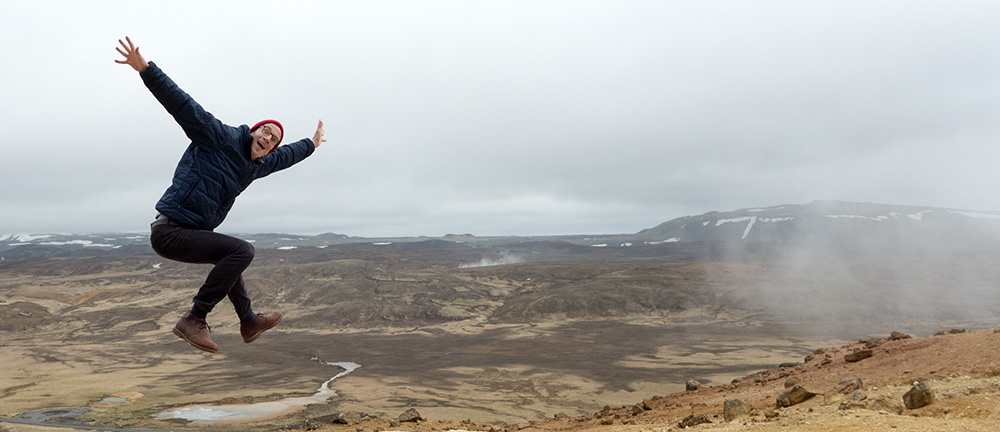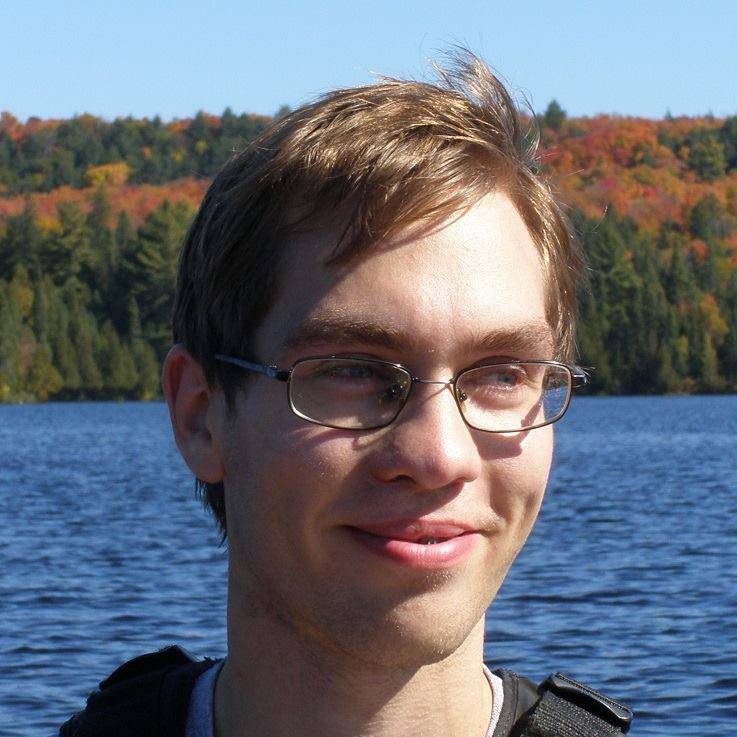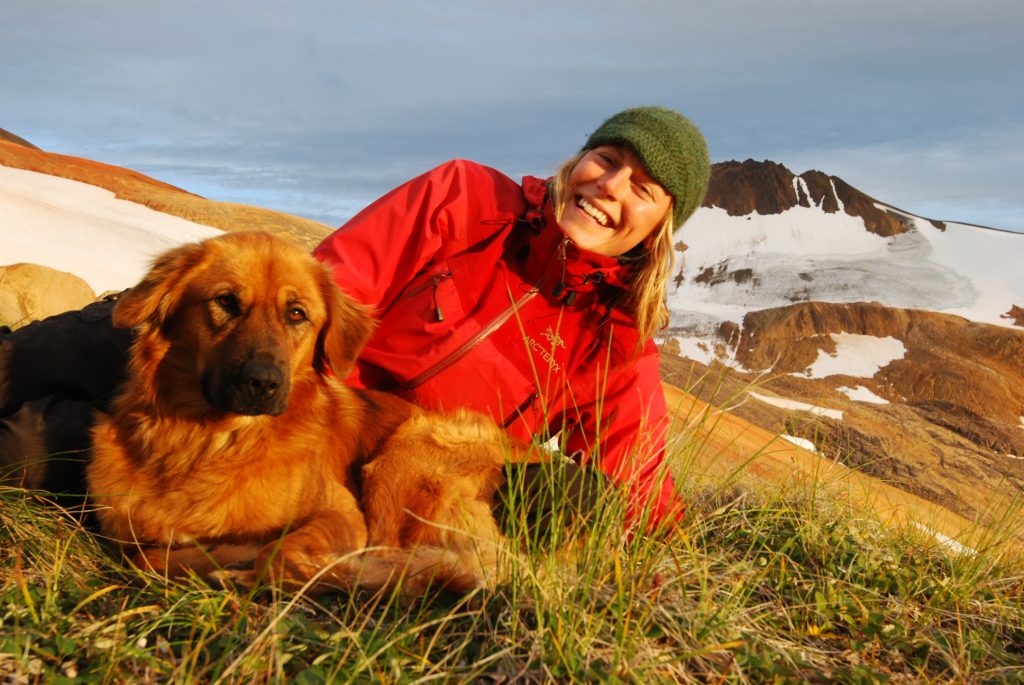We have a lot of new faces on our Editorial Team since last we introduced them. Two recruitment drives have led us to a nearly full house* in the editorial department. We now have 21 subject editors covering our 12 science subject categories. These are the people who research and write our regular Monday Borealis Blog posts and many of the interim posts you’ve seen here.
The editorial manager wrangles the team and oversees the editorial schedule and the Borealis Blog. Our two blog editors help our subject editors refine their story ideas and review and edit each blog post before it goes up. We also have a team coordinator to keep up with emails, reminders, volunteer intake and renewal, and all the other little tasks that keep things neat and tidy.
We like that our team is a mix of experienced and emerging science writers. We see the team and the Borealis Blog as a place where new writers can build their skills in a supportive and educational environment.
Now that we use the chat interface Slack, the entire Science Borealis team has transformed from 30+ individuals working alone into a community of coworkers and collaborators. In Slack, everyone can take part in ongoing Science Borealis projects and conversations, attend pitch sessions and workshops, and exchange expertise. But most importantly, it’s allowed us to come to know each other better and feel more like a team.
This week we’d like you to meet the team leadership and about half of our subject editors. Next week we’ll run the rest of the team.
Kimberly Moynahan – Editorial manager
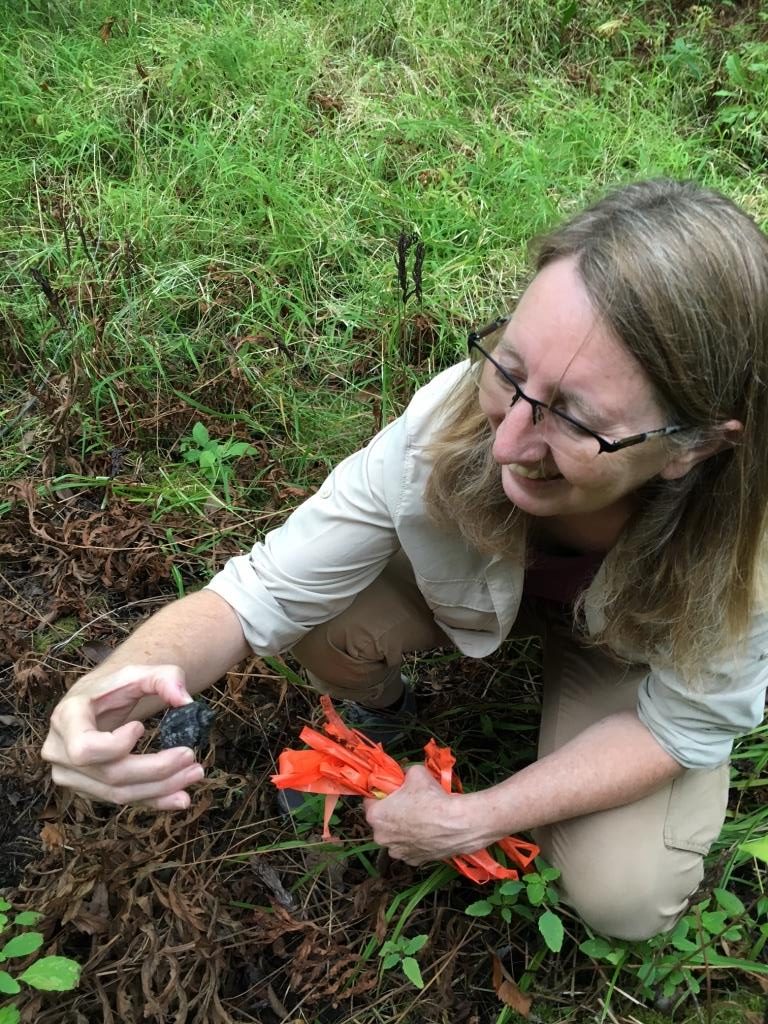
Kim delighting in one of the baby snapping turtles that hatched behind her net zero house near Kingston, ON.
I am a co-founder of Science Borealis, serve on the management team and also as editorial manager. I am a freelance science and nature writer. I blog on the natural sciences, human-wildlife relationships, and the writing life at Endless Forms Most Beautiful. My work has appeared in Scientific American’s Best Science Writing Online and in magazines such as Hakai, Zoomorphic, and Labrador Life. As a freelance interpretive writer, I write exhibits for science centres, museums, and cultural centres. Find me on Twitter @kim_moynahan
Kurt Illerbrun – Blog co-editor
I have a Master’s in Japanese political cartoons and a PhD in butterfly population ecology, and I do my best to reconcile these strange bedfellows by working in science communication and knowledge translation–currently as a communications advisor with the Alberta Biodiversity Monitoring Institute. The rest of the time, I enjoy cooking, gardening, ultimate Frisbee, choral singing, and nerdy board games.
Kim Morris – Blog co-editor
The Polar Regions are my passion. I spent over 20 years doing research in Antarctica and Alaska. This includes eight research cruises in the Southern Ocean to document Antarctic sea ice conditions and 10 years studying snow and lake ice in Alaska. I helped develop and manage the Alaska Lake Ice and Snow Observatory Network (ALSION) that involved K-12 teachers and students in hands-on, place-based science. I have a Graduate Diploma in Science Communication from Laurentian University and I am now exploring alternative careers in science and writing. I became the co-editor of the Science Borealis blog in March 2016. I am also a member of the Editorial Committee of the Canadian Science Policy Centre (CSPC). I am currently curating CSPC’s coverage of the White House Arctic Science Ministerial.
Crisia Tabacaru – Team Coordinator
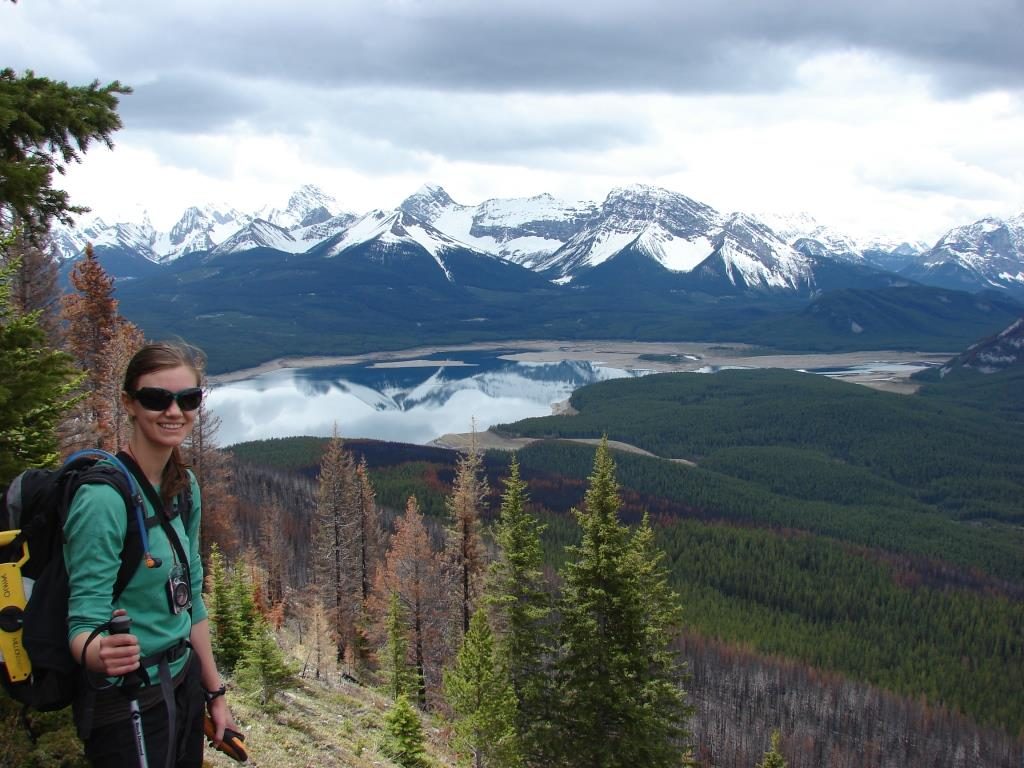
Crisia by one of her mountain pine beetle research field sites, overlooking the Mt. Nestor burn in Spray Valley Provincial Park.
I am a biologist with the Alberta Biodiversity Monitoring Institute, currently coordinating a science committee that deals with regional land-use planning in Alberta. I recently completed a PhD in forest ecology, and have worked on various research topics over the years, most often dealing with effects of anthropological disturbances on animal communities. Outside of science, I am the volunteer coordinator for the Edmonton Comic and Entertainment Expo, and partake in various forms of fibre artistry including spinning and knitting. Find me on Twitter @CrisiaT.
Josh Silberg – Policy & Politics co-editor
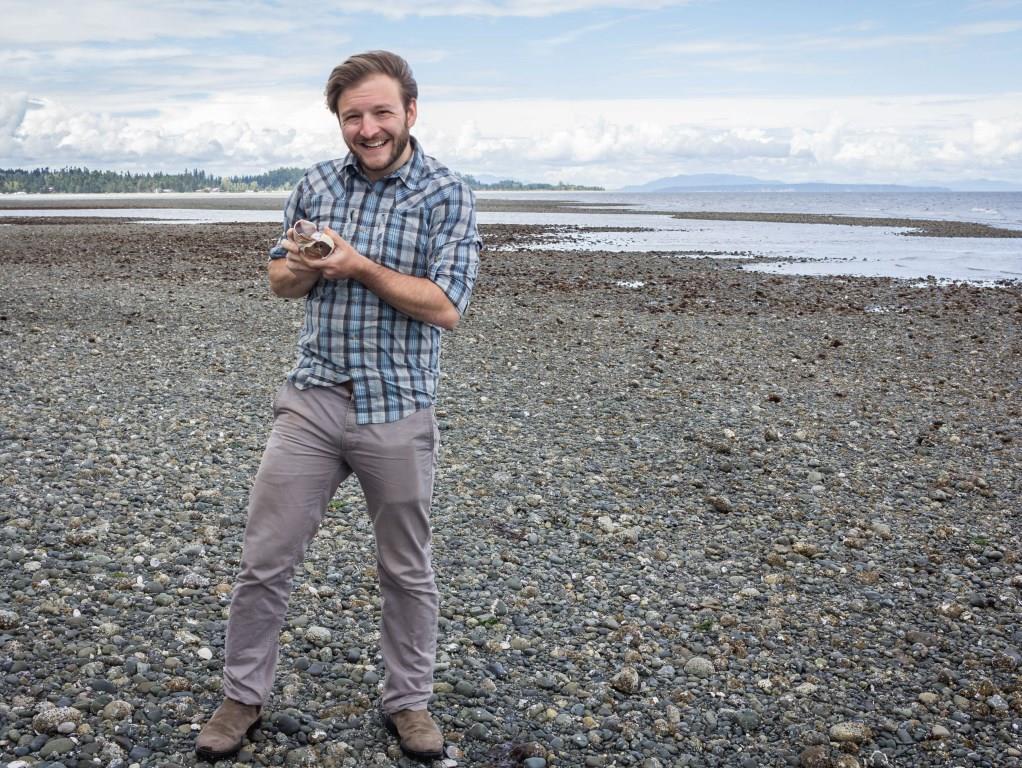
Josh Silberg at Miracle Beach on Vancouver Island where this prairie boy first fell in love with the ocean. He’s holding a moon snail shell which he later returned to make some hermit crab happy.
I’ve researched everything from humpback whales to whale sharks to rockfish. I just couldn’t decide on one creature to study. Luckily, now I get to share all sorts of different science stories through blogs, videos, and the occasional poem as the Science Communications Coordinator for the BC-based Hakai Institute. I graduated in 2015 with a Master’s of Resource and Environmental Management from Simon Fraser University. Find me on the web or on twitter @joshsilberg.
Catherine Lau – Biology & Life Sciences co-editor
I am a creative science communicator who likes to write, illustrate and make. Being involved in science and art outreach in the past has ignited this passion to communicate science in unconventional ways. I am most drawn to topics in psychology, neuroscience, ecology and biology. Currently, I am the communications director for Art the Science, a creative research organization that aims to encourage scientist-artist collaborations. Interested in art and science? Let’s chat! Tweet at me at @cat_lauscats.
Kathi Unglert – Environment & Earth Sciences co-editor, Outreach Team
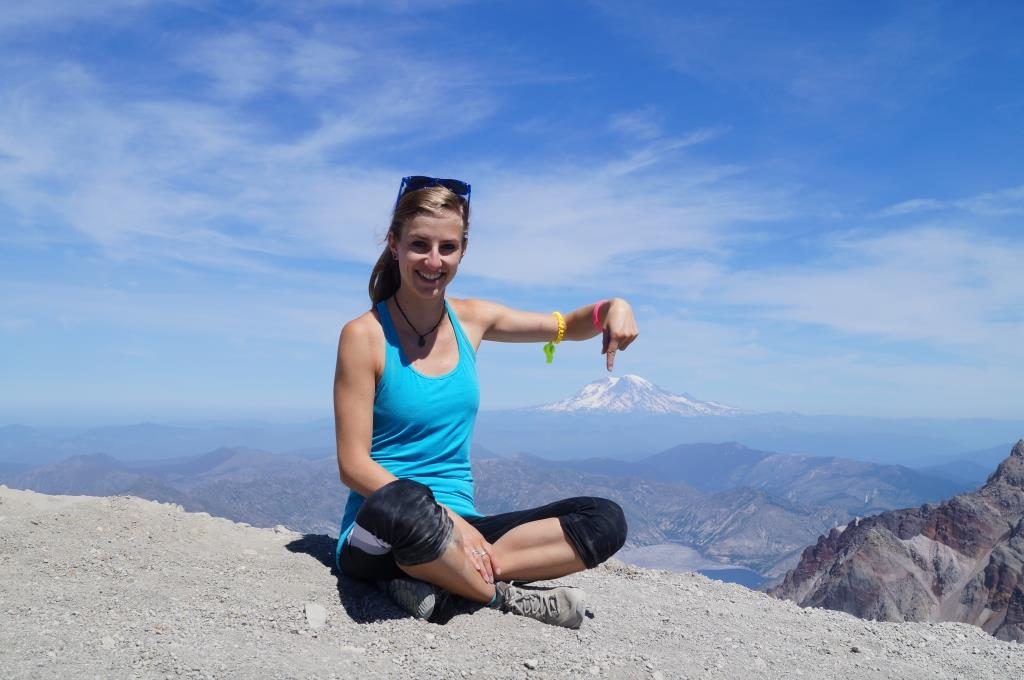
Volcanoes everywhere! Kathi Unglert at the top of Mount St. Helens enjoying the view of Mt. Rainier.
I am a German geoscientist with a PhD in volcanology from the University of British Columbia. Having lived in New Zealand, Canada, the US and now the UK, I feel like a true citizen of the world! When I’m not travelling or thinking about volcanoes and earthquakes, I love learning about other interesting science, blogging and tweeting, or running activities with school children. If I need a break from science-ing you can find me trying out new recipes at home, practising yoga, enjoying the outdoors or reading books. Scandinavian crime novels are my favourite kind!
Stephanne Taylor – Physics & Astronomy co-editor
I’m a physicist and freelance writer, and I just finished a PhD in physical oceanography at McGill University. I’ve also done research in gravitational physics, applied physics, and Martian geochemistry, and my range of research mirrors my wide-ranging curiosity about the natural world. I blog sporadically at Eight Crayon Science, where I write and draw about physics, environmental science, Canadian politics, and weird invertebrates. I’m on Twitter @8CrayonScience.
Mika McKinnon – Math & Statistics editor
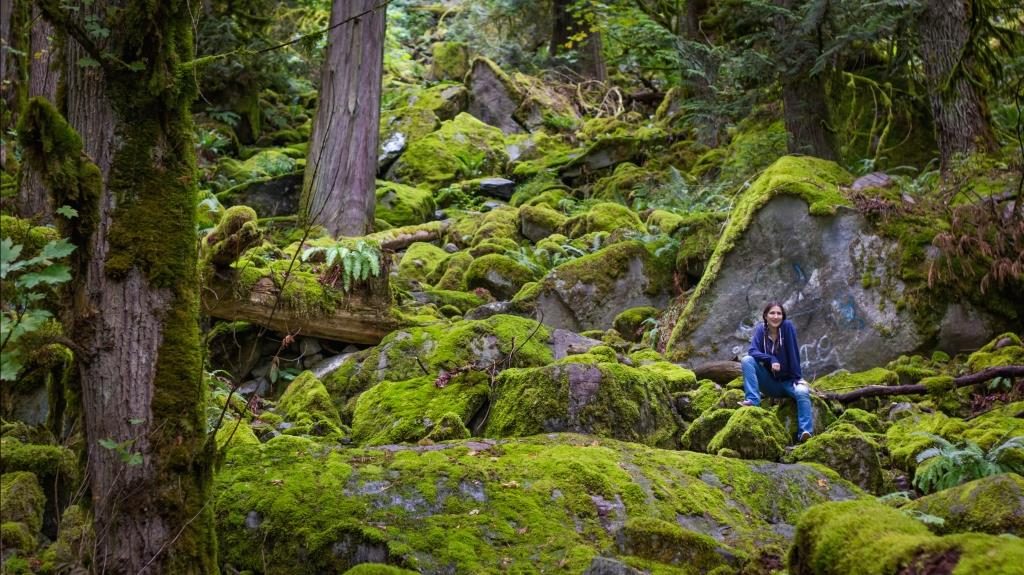
Mika McKinnon investigating a landslide near Harrison Hot Springs, BC. Photo: Dorien Gunnels
I’m a Master in Disaster and scientist for fiction, which I swear is a real job. When not chasing rocket launches or zapping innocent rocks, I prowl film sets finding ways to make entertainment a subversive avenue for science communication. I play with numbers for Science Borealis, finding stories in math. Keep up with my latest adventures on Twitter at @mikamckinnon.
Lené Gary – General Science co-editor
Chemistry was my first love. I was a sophomore in high school, mapping out the road to a PhD. Little did I know that the following summer I would nearly die from pesticide poisoning. That event changed my life course and has informed my work for 25 years. I recently resigned from the Vermont Pesticide Advisory Council (VPAC) so that I could devote more time to writing. I hold a BA in Environmental Studies and an MFA in Creative Writing. I’ve published essays, short stories, and poetry. No matter how far it seems I stray, I always return to science. Find me on Twitter @leneagary
Robert Gooding-Townsend – Science in Society editor
I’m a master’s student in applied math at the University of Waterloo, where I model land use change in forests and the incentive structure for scientists. I love grappling with big, ambiguous situations, and often fail. I’m interested in science policy, science fiction, classical music, and incredibly nerdy jokes. You can find me on Twitter as @rjgoodin .
Kira Hoffman – General Sciences co-editor
I’m an ecologist studying historic fire activity in British Columbia’s coastal temperate rainforests. I’m interested in both natural and cultural fires and how forests have responded to millennia of First Nations traditional land use practises. I’m equally divided in my love of mountains and oceans and spend as much time as possible outside. I love science and apply it to all of my favourite activities, including homestyle cooking, gardening and playing the strumstick in a bluegrass band. If you want to learn more about my research visit: http://www.kirahoffman.com/
*We have openings for subject coeditors in Chemistry, Science in Society, and Math & Statistics. For more information on the subject editor job and how to apply, click HERE.

